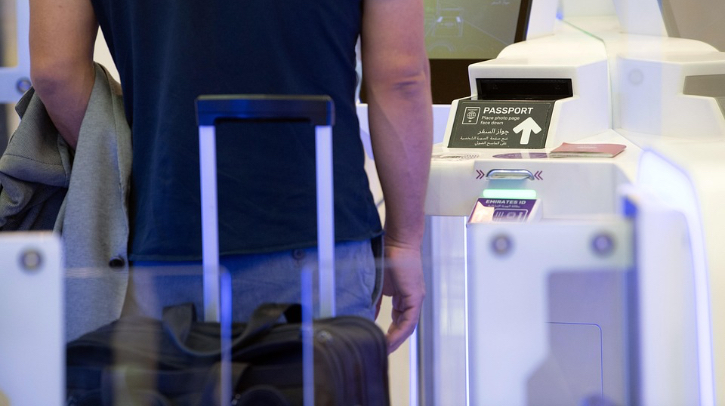Civil Liberties Committee MEPs adopted a draft position on the proposed gradual launch of the EES at EU external borders by 54 votes in favor, two against and with 10 abstentions. Once operational the system will register data of third‑country nationals, including biometric data such as facial images and fingerprints, as they enter and leave the Schengen area on short-stay visas. This is intended to improve security, speed up the process and reduce queues.
By launching the system gradually, and allowing member states to start operating it in stages, the intention is to prevent a simultaneous launch everywhere from compromising the system’s resilience. During the rollout period, the launch could be temporarily suspended if waiting times become too long or there are technical issues, says a report from the Committee.
Rollout over 180 days
According to the proposed legislation, the Commission will decide when to commence a 180-day period during which EU countries will begin the incremental implementation of the EES at their borders. On day one of this period, at least 10% of border crossings would have to be registered in the new system, followed by up to 50% by day 90, and 100% by the end of the 180 days.
In their amendments to the Commission’s proposal, Committee MEPs underlined that member states should be free to decide whether to roll the system out gradually or all at once. They propose that if EU countries do opt to implement the EES in stages, then they should enjoy more flexibility in reaching certain milestones – namely, 10% of border crossings registered in the system to be achieved by day 30 (instead of day one), and 35% (instead of 50%) by day 90.
MEPs also want to include contingency procedures for the central EES system, and recommend that neither the start nor the end of the gradual rollout period should coincide with peak travel seasons (June-August and December-February).
Read more about EES implementation here.

